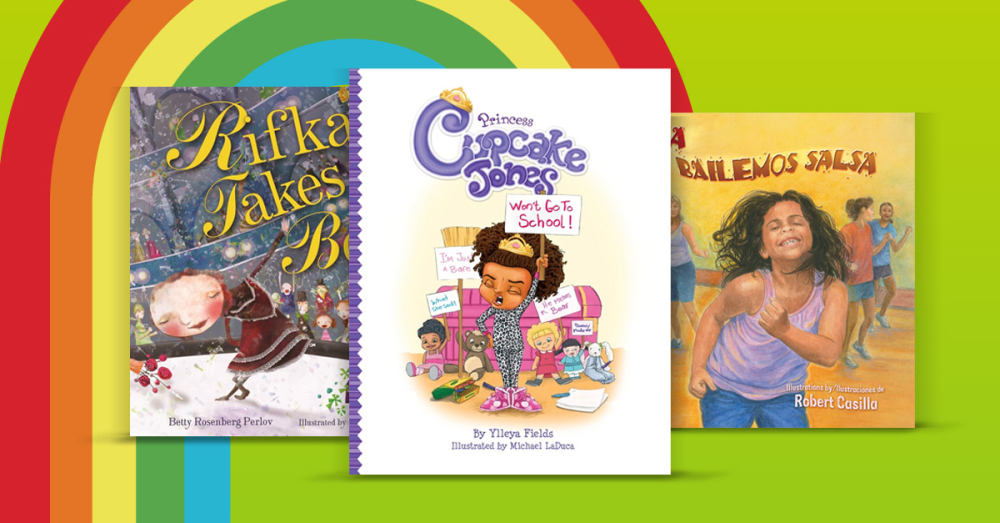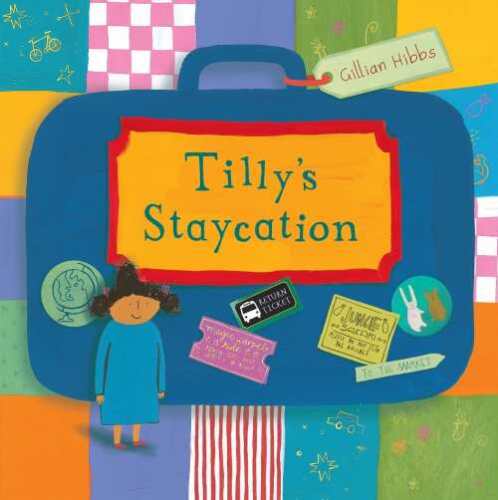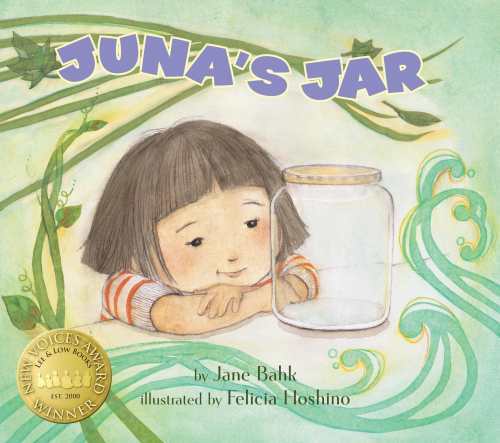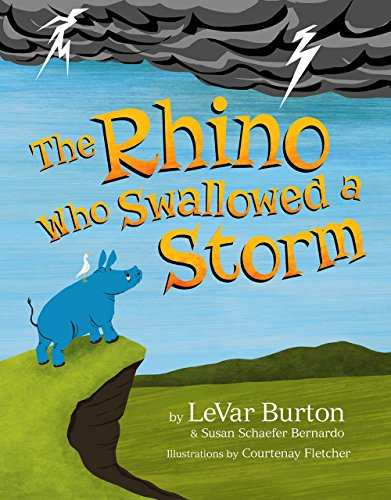To Read the Whole Rainbow, You Don't Need to Point Out the Different Colors

To create change through books takes more than representing diversity; it takes celebrating peoples’ differences without acknowledging them outright.
This might seem counterintuitive, but it’s not. So many children’s books admonish bullying, show the process of integrating outcasts, and educate kids on minorities’ cultures. Yet, many of these books accomplish their goal by pointing out how different some children are in the first place. In books where the white, abled, gender normative protagonist learns about diversity, what does this do other than reinforce the concept of who’s “normal”?
When LeVar Burton, actor, Reading Rainbow host, and now children’s book author, spoke to a crowd of librarians and fans at the ALA Midwinter conference last month, he said that when he watched television as a child, “it was rare for me to see people who looked like me who weren’t pimps or perps.” And illustrator Don Tate noted that in history class, the only time he saw black people was when they studied slavery and the Civil Rights movement. In other words, how minorities have been represented in the media is through the eye of history’s mainstream white person. Even the word “minority” is problematic.
I am not disparaging books that teach children about diversity by showing characters learning about diversity. Those books are helpful to many children. But they are not always helpful to children who might fall into the “other” category. Books with black, Hispanic, nonbinary, or disabled protagonists aren’t meant to be read solely by those they represent. For true acceptance of diversity, people of all colors and creeds must read books sharing the experience of those different from them. We can teach white children that minorities are also “normal” (if there is such a thing), and we can teach minorities that they are “normal” too, by having all youths read about—and see illustrations of—those different from them living “normal” day-to-day lives, as they do.
I’ve just finished the process of selecting the children’s books for review in the Summer 2015 issue of Foreword Reviews magazine. Each quarter, I see dozens of new picture books and middle grade novels I must choose from, and each quarter, I attempt to be as representative as possible of the social makeup of the United States.
Race, gender, religion, and family structure are the items I look for, but diversity is more than these factors; it includes a whole array of personalities, abilities, and life experiences.


There are great children’s books already out there representing minorities as normative:
Tilly’s Staycation by Gillian Hibbs (Child’s Play Publishing);
Rifka Takes a Bow by Betty Rosenberg Perlov, illustrated by Cosei Kawa (Kar-Ben Publishing);
Juna’s Jar by Jane Bahk, illustrated by Felicia Hoshino (Lee & Low Books);
Let’s Salsa / Bailemos Salsa by Lupe Ruiz-Flores, illustrated by Robert Casilla (Pinata Books);
and LeVar Burton’s The Rhino Who Swallowed a Storm, with Susan Schaefer Bernardo, illustrated by Courtenay Fletcher (Reading Rainbow Publishing), in which the protagonist deals with depression.

“All media is education,” LaVar Burton said. “The question is, what are we teaching?” When will “multicultural fiction” and “women’s fiction” simply become “fiction”? When will the plot’s of children’s books featuring characters of color or nonbinary genders not revolve around their race or gender identity? Soon, we hope. Because, as the Reading Rainbow host encourages, “like every story with a storm, it ends with a rainbow.”
If You Liked That, Read These
Ten Diverse Indie Children’s Books
Adulthood Means a Bigger Library; Why Not Continue Reading YA?
The Post-NaNo World: What To Do With Your Project

Aimee Jodoin is deputy editor at Foreword Reviews. You can follow her on Twitter @aimeebeajo.
Aimee Jodoin
